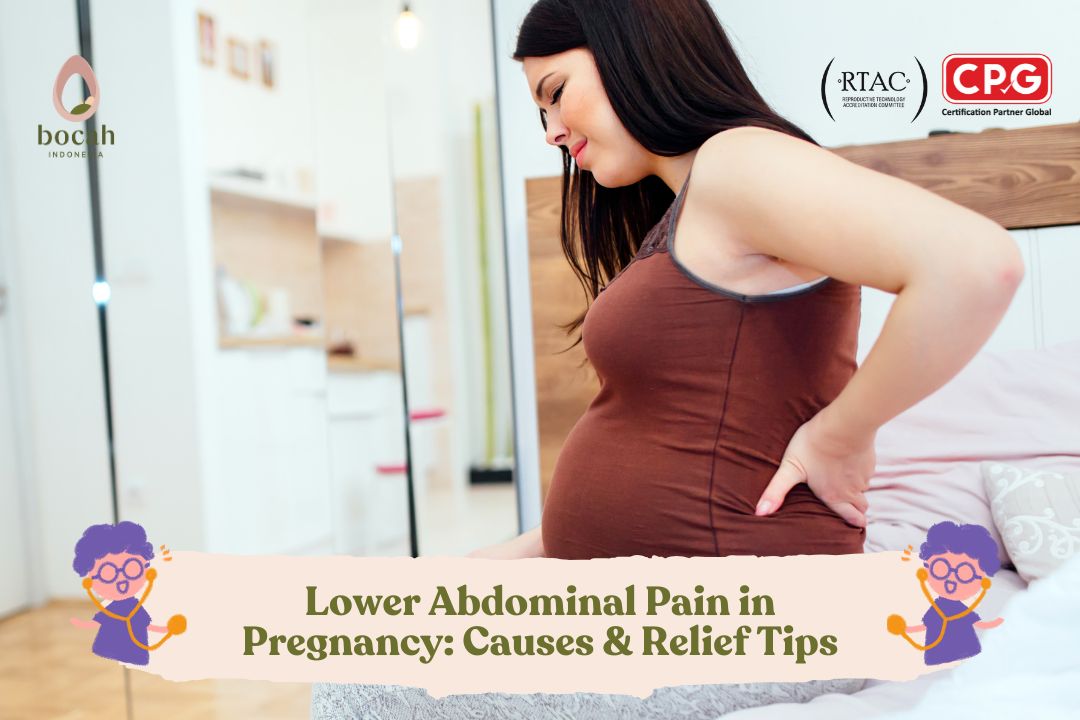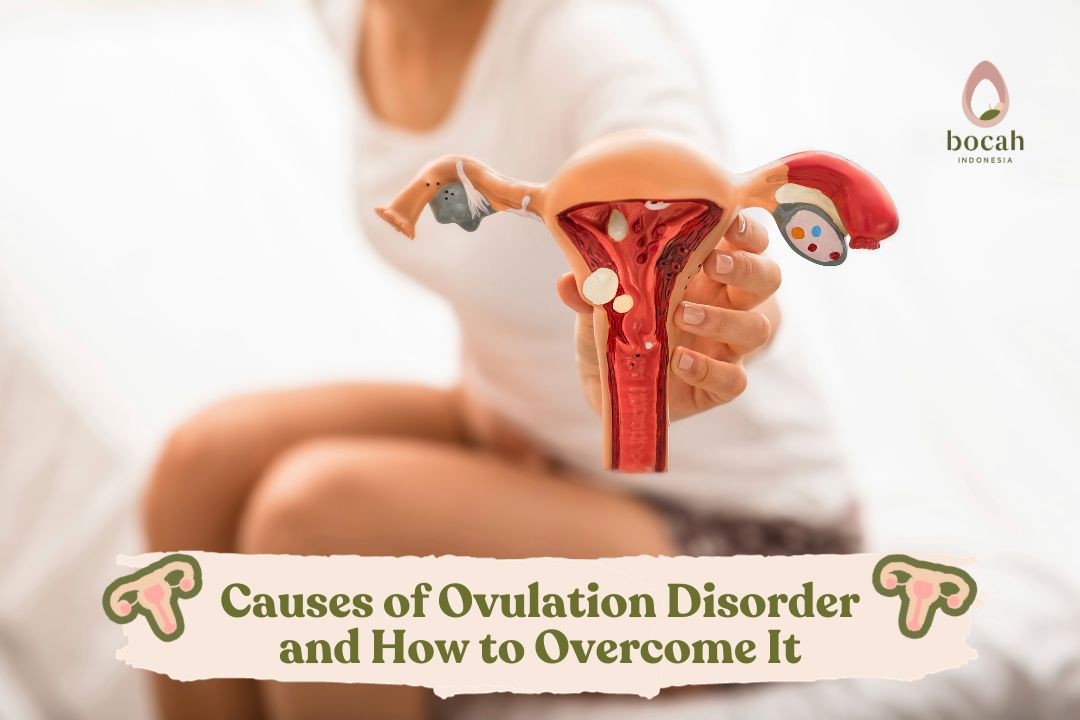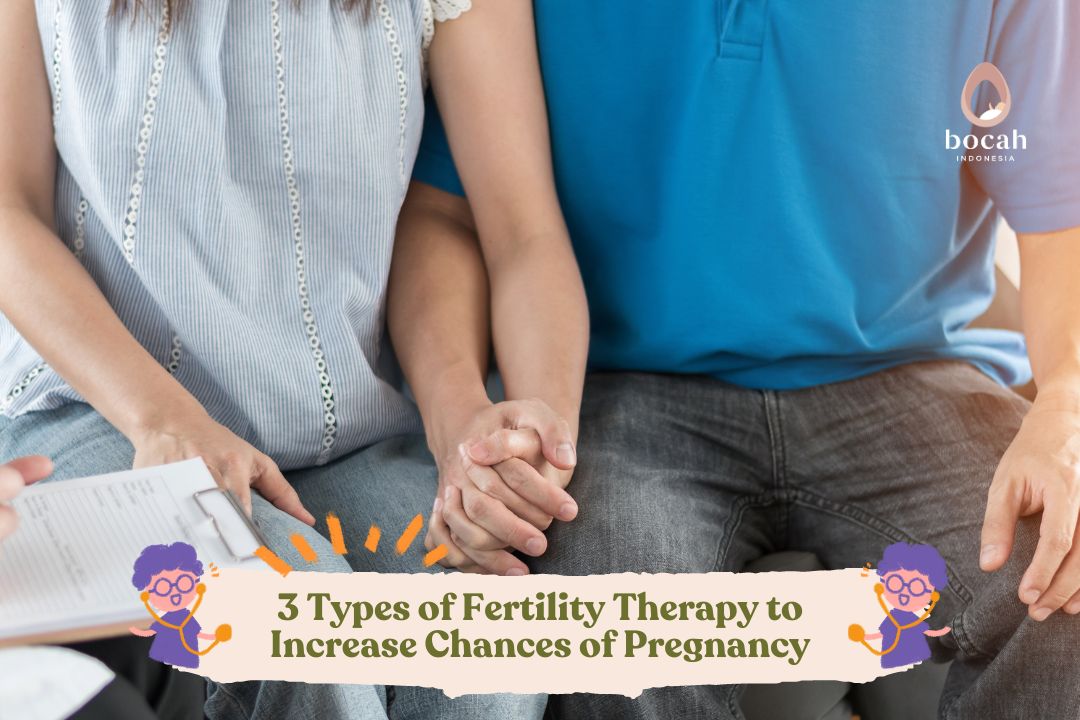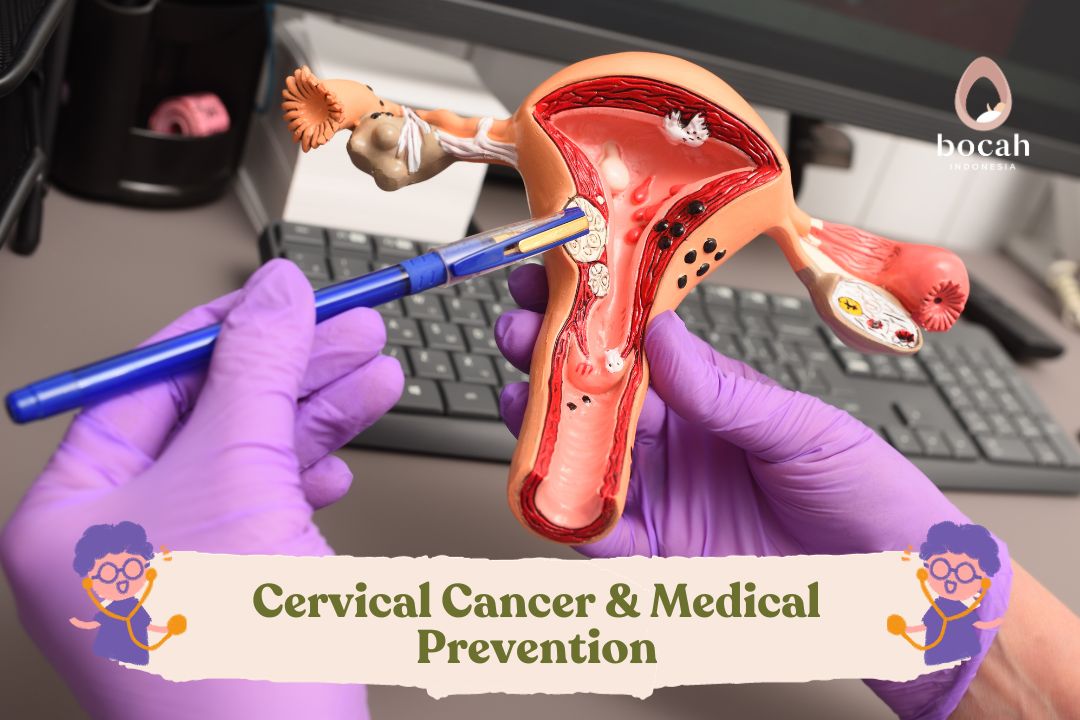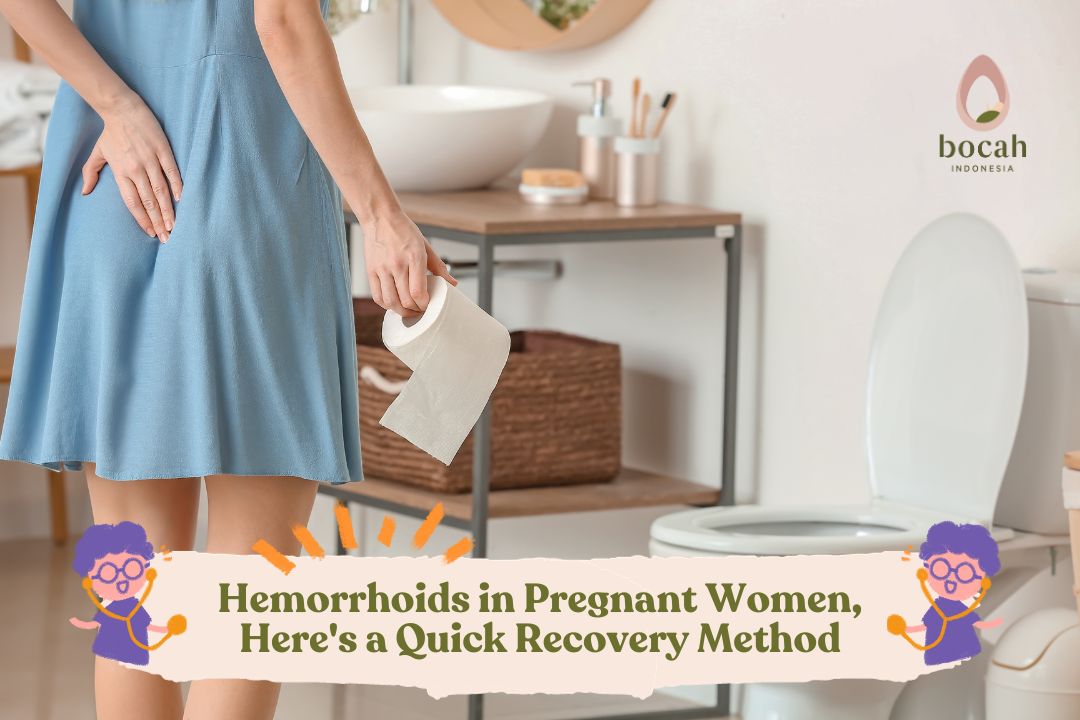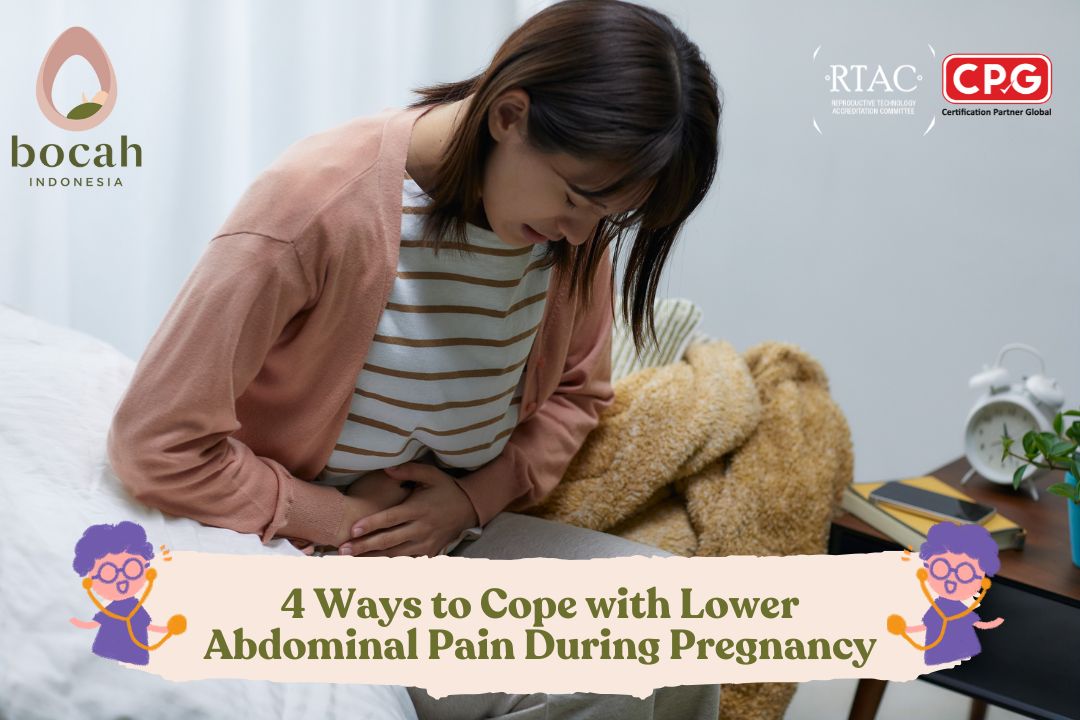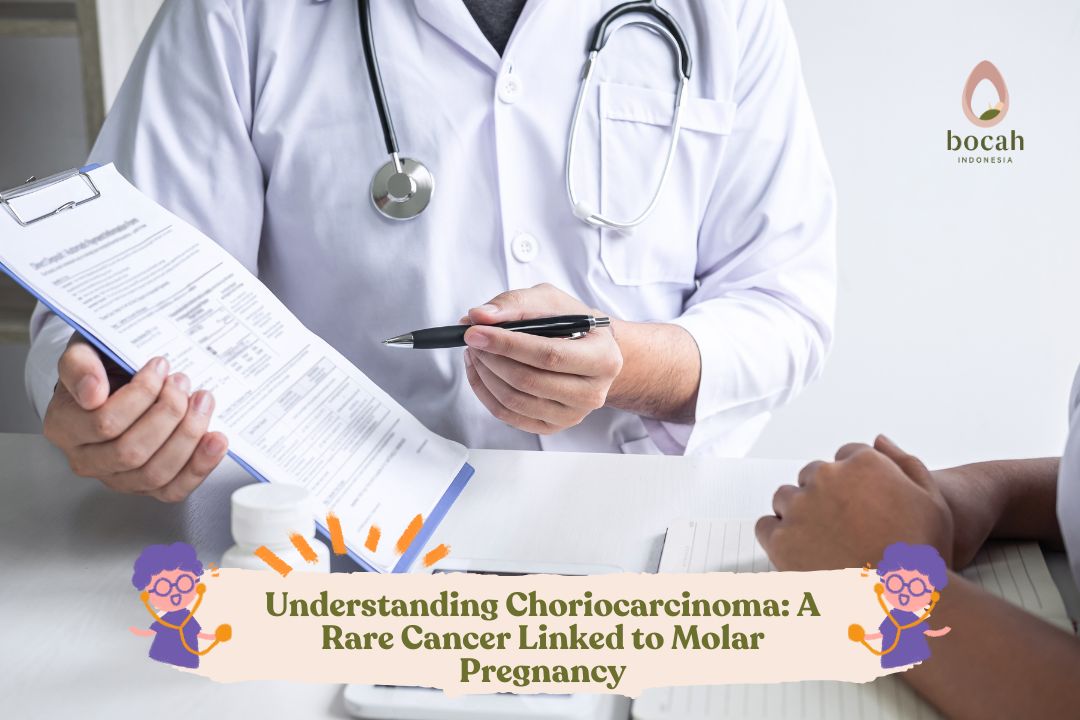3 Types of Contractions During Pregnancy and How to Tell Them Apart
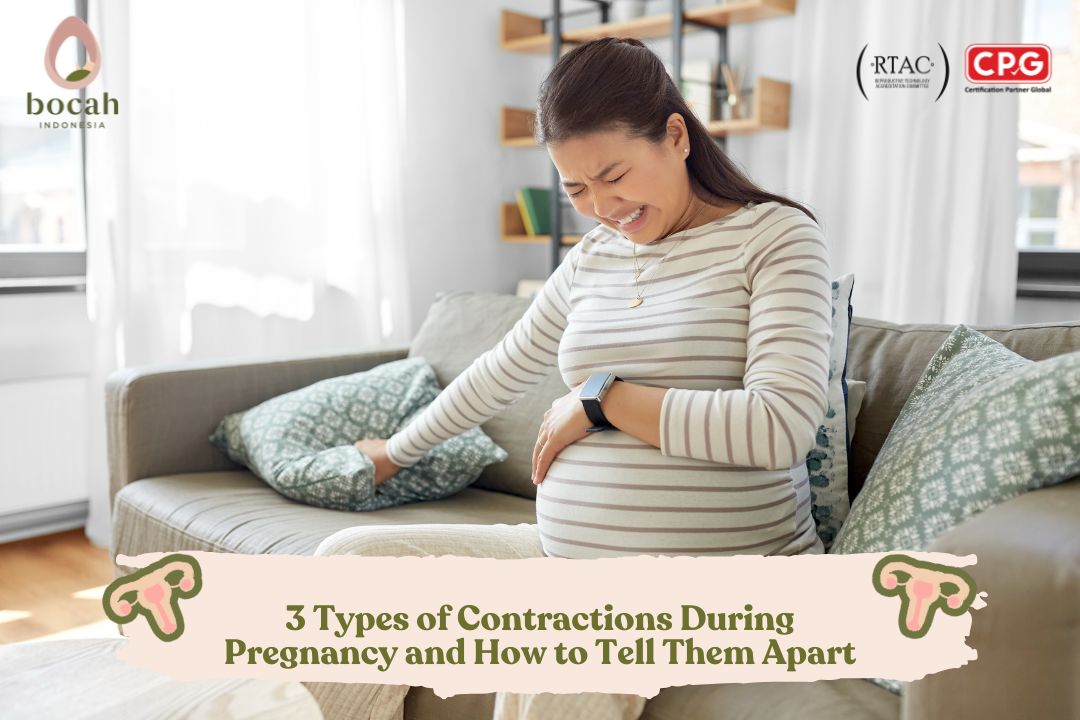
There are several types of contractions that occur during pregnancy, and mothers can learn to recognize them in various ways.
During pregnancy, contractions are common and may occur frequently. Therefore, it’s important for expectant mothers to understand their body’s condition and responses accurately. For first-time mothers, these sensations can be confusing.
What Are Contractions?
Contractions refer to the tightening and hardening of the abdomen experienced by pregnant women. These occur as the body prepares for labor by helping open the birth canal for the baby’s passage. However, not all contractions necessarily indicate that labor has begun.
Types of Contractions During Pregnancy
Not all contractions signal the onset of labor. Some are false contractions, which commonly occur during pregnancy.
1. False Contractions
False contractions, also known as Braxton-Hicks contractions, occur when the uterine muscles tighten irregularly. These contractions usually cause the abdomen to feel firm or tight but are not painful, and the tightening is often localized to the abdominal area. They tend to appear when the mother is tired or dehydrated.
Tanya Mincah tentang Promil?
Unlike true labor contractions, Braxton-Hicks contractions do not become progressively stronger and do not cause cervical dilation. However, if the contractions intensify or are accompanied by bleeding, it is important to consult a doctor immediately.
2. Early (Preterm) Contractions
Early contractions refer to regular uterine tightening that occurs before 37 weeks of gestation. These are categorized into two types:
-
Preterm labor: contractions before 37 weeks that cause changes in the cervix.
-
Threatened preterm labor (physiological contractions): contractions or pressure without cervical changes.
Preterm contractions typically occur regularly — for instance, more than 4 times in 20 minutes or more than 8 times in an hour, especially when accompanied by cervical changes.
Other symptoms of early contractions include:
-
Abdominal cramps
-
Back pain
-
Constipation
-
A feeling of pressure in the abdomen, pelvis, or genital area
-
Frequent passing of gas
In early pregnancy, mild contractions can also result from the stretching of the ligaments around the uterus as the body adapts to pregnancy. However, since early contractions can increase the risk of preterm labor, regular medical check-ups are essential, especially if accompanied by leakage of amniotic fluid or bleeding.
3. Labor (True) Contractions
The type of contraction experienced close to delivery is known as true labor contractions. These contractions become stronger, longer, and more frequent over time, as the cervix dilates from 7 to 10 centimeters to allow the baby to pass through the birth canal.
Characteristics of true labor contractions:
-
Increasing pain in the lower abdomen, often resembling menstrual cramps
-
Presence of mucus mixed with blood or pinkish discharge
-
Contractions radiate throughout the body — from the back to the abdomen, sometimes extending to the thighs and legs
-
Each contraction lasts 45 seconds to 1 minute, occurring approximately every 5 minutes
-
Additional symptoms may include elevated blood pressure or diarrhea
How to Relieve Contractions During Pregnancy
For mothers experiencing pregnancy for the first time, it can be challenging to distinguish between different types of contractions. As a general rule:
-
If only part of the abdomen feels tight while another part feels soft, it’s likely a false contraction.
-
If the entire abdomen feels hard and crampy, it may be a true contraction signaling labor.
Ways to ease mild or false contractions (non-labor contractions):
-
Drink at least 8 glasses of water per day to prevent dehydration
-
Change positions, for example, from sitting to standing or take a light walk
-
Rest by lying on your left side to improve blood flow
-
Engage in light exercises, such as walking or prenatal yoga
-
Take a warm bath to relax the muscles
-
Practice deep breathing, inhaling deeply and exhaling slowly
By understanding the different types of contractions and learning how to distinguish them, expectant mothers can better anticipate labor signs and recognize potential pregnancy complications early.
This awareness is especially crucial if you experience rupture of membranes (water breaking) or intense contractions before 37 weeks of gestation.
Source:
- La Verde, M., et al. (2022). Impact of Braxton-Hicks contractions on fetal wellbeing; a prospective analysis through computerised cardiotocography. J Obstet Gynaecol. 2022 May;42(4):569-573.
- Hanley, GE., et al. (2016). Diagnosing onset of labor: a systematic review of definitions in the research literature. BMC Pregnancy Childbirth. 2016 Apr 2;16:71.
- Understand the Causes of Cervical Cancer Before Pregnancy - 24/12/2025
- Menstrual Induction Medications to Treat Irregular Periods - 19/12/2025
- Magnesium Deficiency, Does It Affect Fertility? - 12/12/2025


